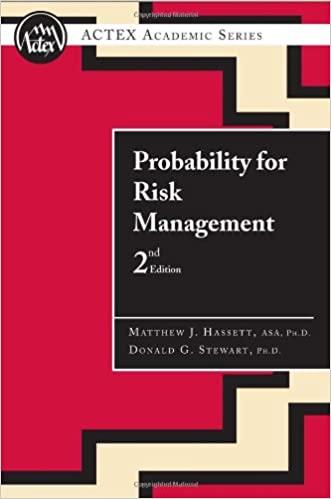Answered step by step
Verified Expert Solution
Question
1 Approved Answer
Suppose that D 0 = $ 1 . 0 0 and the stock's last closing price is $ 1 4 . 7 1 . It
Suppose that $ and the stock's last closing price is $ It is expected that earnings and dividends will grow at a constant rate of
per year and that the stock's price will grow at this same rate. Let us assume that the stock is fairly priced, that is it is in equilibrium,
and the most appropriate required rate of return is
The dividend received in period is $$ and the estimated intrinsic value in the same period is based on the
constant growth model: widehat
Using the same logic, compute the dividends, prices, and the present value of each of the dividends at the end each period.
The dividend yield for period is
and it will.
each period.
The capital gain yield expected during period is
and it will
each period.
If it is forecasted that the total return equals for the next years, what is the forecasted total return out to infinity?
Note that this stock is called a "Hold" as its forecasted intrinsic value is equal to its current price widehat$ and the
expected total return is equal to the required rate of return If the market was more optimistic and the growth rate would be rather
than the stock's forecasted intrinsic value would be widehat$ which is greater than $ In this case, you would
call the stock a "Buy".
Suppose that the growth rate is expected to be In this case, the stock's forecasted intrinsic value would be
its current
price, and the stock would be a

Step by Step Solution
There are 3 Steps involved in it
Step: 1

Get Instant Access to Expert-Tailored Solutions
See step-by-step solutions with expert insights and AI powered tools for academic success
Step: 2

Step: 3

Ace Your Homework with AI
Get the answers you need in no time with our AI-driven, step-by-step assistance
Get Started


